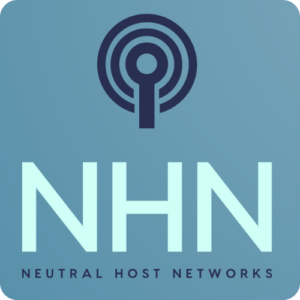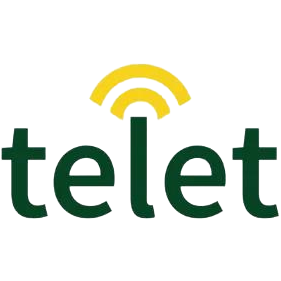OpenRAN, or Open Radio Access Network, is a telecommunications concept that involves splitting up the various components of a mobile phone network, known as a RAN Radio Access Network, allowing for greater flexibility and interoperability so that different elements of the apparatus can be bought from different suppliers. Traditionally, RAN components like baseband units (BBUs) and radio units (RUs) are tightly integrated and supplied by a single vendor – in the UK this has historically meant Huawei, Nokia and Ericsson.
With the Government’s need to ban Huawei from critical national infrastructure it was felt that only having a choice of two suppliers was a threat to security. One of the aims of the ONE WORD project is to promote Open RAN and combine components from lots of different companies to build its networks.
With OpenRAN, these components are separated, allowing operators to mix and match hardware and software from different vendors, promoting interoperability and innovation. OpenRAN is built upon open standards and interfaces, enabling a more flexible and cost-effective approach to building and operating cellular networks.
The main goals of OpenRAN include:
Vendor Neutrality: Operators are not tied to a single vendor for all RAN components, promoting competition and potentially reducing costs.
Interoperability: OpenRAN aims to ensure that components from different vendors can work seamlessly together, enhancing flexibility in network deployment and management.
Innovation: By allowing more players to participate in the RAN market, OpenRAN encourages innovation in both hardware and software, potentially leading to faster development cycles and improved network performance.
Cost Reduction: The disaggregated nature of OpenRAN can potentially reduce costs for operators by avoiding vendor lock-in and enabling the use of off-the-shelf hardware.
OpenRAN has gained significant attention in the telecommunications industry as a potential disruptor to traditional RAN architectures. It is particularly relevant for emerging network technologies like 5G, where flexibility and scalability are crucial.















